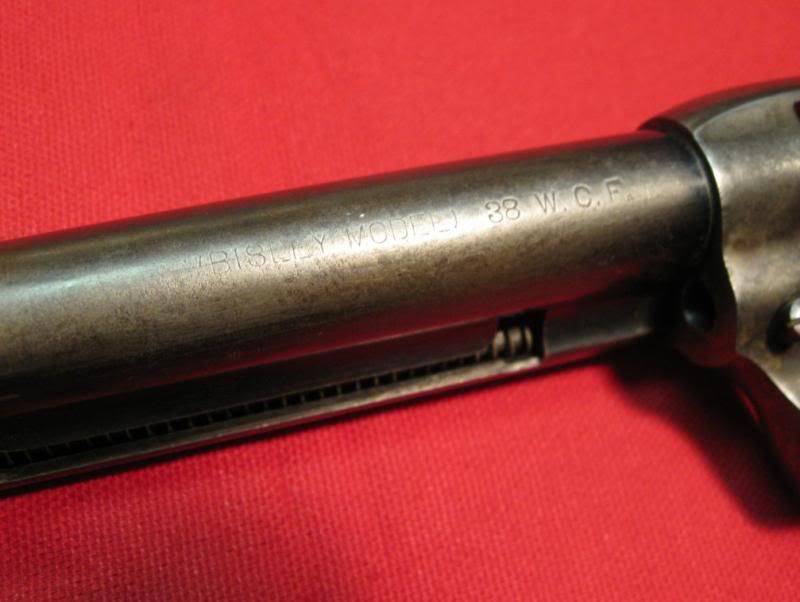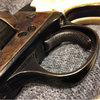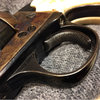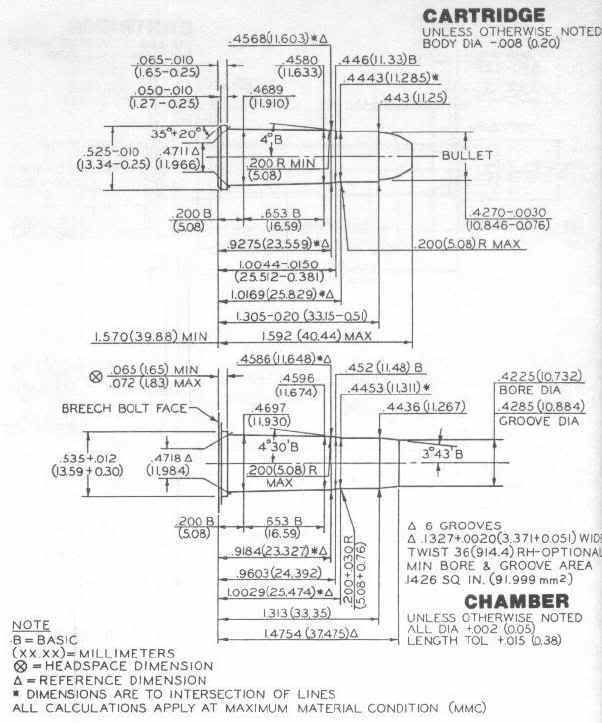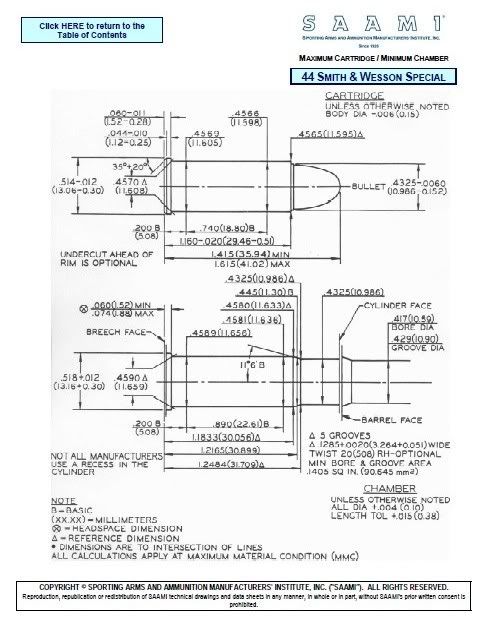dakotaTex
Member
- Joined
- Feb 8, 2010
- Messages
- 22
So I have a bit of a mystery Colt on my hands. According to the Colt factory letter it is Bisley Flat Top shipped to the San Francisco Agency in 1898 in .44 caliber. It was bought by my dad in 1974. It was refinished before he bought it. You can see the serial number on the trigger guard has been heavily polished but the frame serial is quite sharp. The backstrap serial number is also heavily polished.
The barrel is marked 44 special which of course is a smokeless powder cartridge introduced in 1907. The frame does not have the V proof nor does it have the & mark signifying a factory refinish. It's a beautiful Colt given to me by my dad and I really want to be able to shoot it. I know that there is a lot of discussion at which serial number it's safe to shoot a SAA with smokeless powder with some saying that 165,000 and up is safe, but most start at 203,000. This SAA is #178829 which some say *may* be safe to shoot but I'd like some additional opinions.
I would use Cowboy Action loads with a 200-210 grn bullet like Ultramax or Black Hills cowboy loads. If not smokeless powder then I assume that I can use something like Buffalo Arms 200 Grn RNFP Black Powder Ammunition?
Any suggestions are greatly appreciated. Thanks for your time.
dakotaTex
View media item 456View media item 455View media item 454View media item 453View media item 457View media item 458
The barrel is marked 44 special which of course is a smokeless powder cartridge introduced in 1907. The frame does not have the V proof nor does it have the & mark signifying a factory refinish. It's a beautiful Colt given to me by my dad and I really want to be able to shoot it. I know that there is a lot of discussion at which serial number it's safe to shoot a SAA with smokeless powder with some saying that 165,000 and up is safe, but most start at 203,000. This SAA is #178829 which some say *may* be safe to shoot but I'd like some additional opinions.
I would use Cowboy Action loads with a 200-210 grn bullet like Ultramax or Black Hills cowboy loads. If not smokeless powder then I assume that I can use something like Buffalo Arms 200 Grn RNFP Black Powder Ammunition?
Any suggestions are greatly appreciated. Thanks for your time.
dakotaTex
View media item 456View media item 455View media item 454View media item 453View media item 457View media item 458
Last edited:


